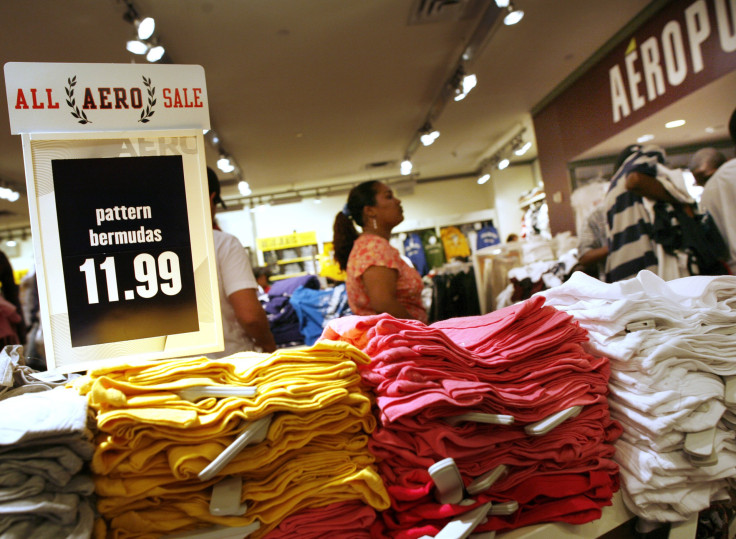Why Are Aeropostale (ARO), American Eagle (AEO) And Abercrombie (ANF) Making Gains On Facebook Amid A Sales Slump?

Teens’ changing tastes and declining U.S. birthrates herald hampered growth for a triad of apparel retailers that once garnered late-1990s pop-song shoutouts.
Yet, Aeropostale Inc. (NYSE:ARO), American Eagle Outfitters (NYSE:AEO) and Abercrombie & Fitch Co. (NYSE:ANF) are among top retail brands growing enormous followings on Facebook, according to researchers at Citi.
The growth in brand prowess – it’s hard to see how Facebook metrics convert into actual sales – seems to come at an odd time.
Retailers in general suffered in the second-quarter period Citi measured, and in many cases apparel companies took the biggest hits.
Not least of which were the so-called 3As. Once teenybopper powerhouses, the brands have since fallen from their perches as fast fashion companies like Zara and H&M gain a strong foothold on the youth clothing market and pubescent shoppers spend their money on electronics more than shirts and pants.
But there could be another explanation for mounting metrics on Facebook: Age.
While the birthrate in the United States has in recent years declined – spelling doom down the road for companies that rely on teenagers for profits – the average age of Facebook users has increased as older generations log on to the social network.
As teens fall out with the 3A brands, could parents be supplanting them as digital fans? Facebook did not immediately respond to questions from International Business Times about the age breakdown of the recent surge in “likes.”
But there is another explanation.
“It’s certainly possible that you’re seeing more people use Facebook,” Jessica Bemer, an analyst at Snow Capital Management, told IBTimes. “So, there’s generally just more engagement there.”
However, she warned against viewing the increase in Facebook fans as a sign of a healthy sales outlook.
“It’s hard to speculate on what precisely is going on there, or if it will filter into sales at some point,” she said, adding that hedge funds are only now beginning to look at Google Analytics and Facebook metrics to predict the health of investments.
© Copyright IBTimes 2024. All rights reserved.












